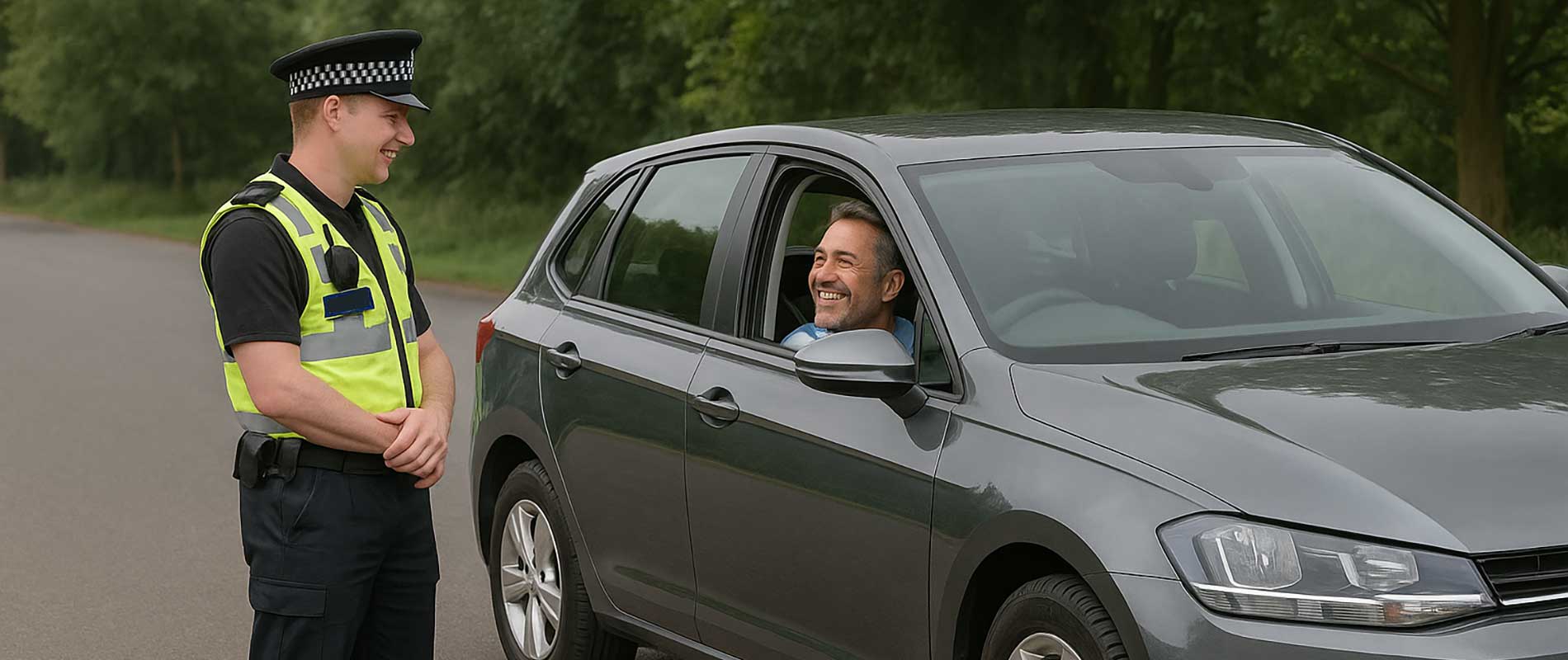Behind the Numbers; How Insurers See You
When you apply for car insurance after a conviction, your application goes through more than a quick database check. Insurers use detailed risk models to predict how likely you are to make a claim. Those models combine hard data; like offence codes and postcodes; with patterns drawn from millions of drivers. To them, a conviction isn’t a moral judgement. It’s a number, a signal of increased likelihood. But numbers don’t tell the whole story, which is where specialist insurers come in.
The aim for you is simple: show that you’re not a repeat risk. The cleaner and calmer your record looks from now on, the less those old numbers matter.
The Main Ingredients in a Risk Calculation
Every insurer has its own formula, but most start with the same core factors:
- Your conviction type. A DR10 (drink-driving) carries more weight than an SP30 (speeding).
- Time since the offence. Recent convictions hit harder; older ones lose influence as years pass.
- Your age and experience. Young drivers or those recently qualified already face higher base premiums.
- Your car’s value and insurance group. Expensive or powerful vehicles add to the perceived risk.
- Postcode and storage. Where you live; and where you keep the car; matters more than most realise.
- Driving habits. Mileage, job type, and commuting patterns all feed into risk assessments.
Each factor stacks up to create your personal risk profile. Once the insurer knows that, they set your premium accordingly; often higher right after a conviction, then gradually easing down as time passes cleanly.
Why Some Offences Hit Harder Than Others
Not all convictions are equal. Insurers divide them into categories that correspond with risk levels. Minor speeding offences add points but don’t cause major premium jumps. Driving uninsured or under the influence, however, suggests deliberate risk-taking, which statistically links to more accidents and claims. That’s why these convictions push prices up for several years, even after bans end.
From their perspective, it’s all about probability; not punishment. They’re pricing the chance of you claiming again, not passing judgement on your character.
The Role of Time and Behaviour
Time heals, even in the world of insurance. A clean driving record over the years following a conviction is the most powerful factor in reducing premiums. Insurers look for evidence of consistency: no new points, no claims, no red flags. Many also track when your conviction becomes “spent” under the Rehabilitation of Offenders Act, meaning it no longer needs to be declared.
Even small positive behaviours can help; such as taking an advanced driving course or using telematics insurance to prove your care on the road. Those signals show measurable improvement, which risk models are designed to reward.
Specialist Insurers Take a Different View
While mainstream insurers rely heavily on data algorithms, specialist convicted driver insurers use a more hands-on approach. They look at your personal story; what led to the conviction, how you’ve changed, and how you now drive. That human judgment allows them to quote more fairly for people whose records don’t fit a computer’s rigid logic.
They also understand that not all risk can be captured in numbers. A driver who’s learned from their mistake can be safer than someone who’s never been caught doing the same thing. It’s a nuance most big insurers miss, but it’s where you can find your best chance of fair treatment.
How You Can Tilt the Odds in Your Favour
While you can’t change your conviction, you can influence how insurers see you now. Here’s how:
- Stay fully transparent. Hiding or “forgetting” a conviction can void your policy instantly.
- Keep your car low-risk. Avoid high-powered models until your record improves.
- Drive less, drive safer. Lower mileage and careful use reduce exposure.
- Use telematics or dashcams. Data that proves good driving builds trust faster than promises.
- Renew consistently. Don’t let gaps in insurance break your no-claims history.
In time, the conviction becomes just one footnote on a record full of good behaviour; and your premiums will reflect that.
Seeing Past the Statistics
Insurance risk models can feel cold, but they’re not the final word. Behind every code and number is a person with a story; and most insurers will listen if you give them reason to. Patience, transparency, and steady driving rebuild your credibility faster than you might think. Each clean renewal moves you further from the past and closer to normal premiums again.
In short: insurers may start by seeing risk, but over time, what they’ll see instead is progress.

